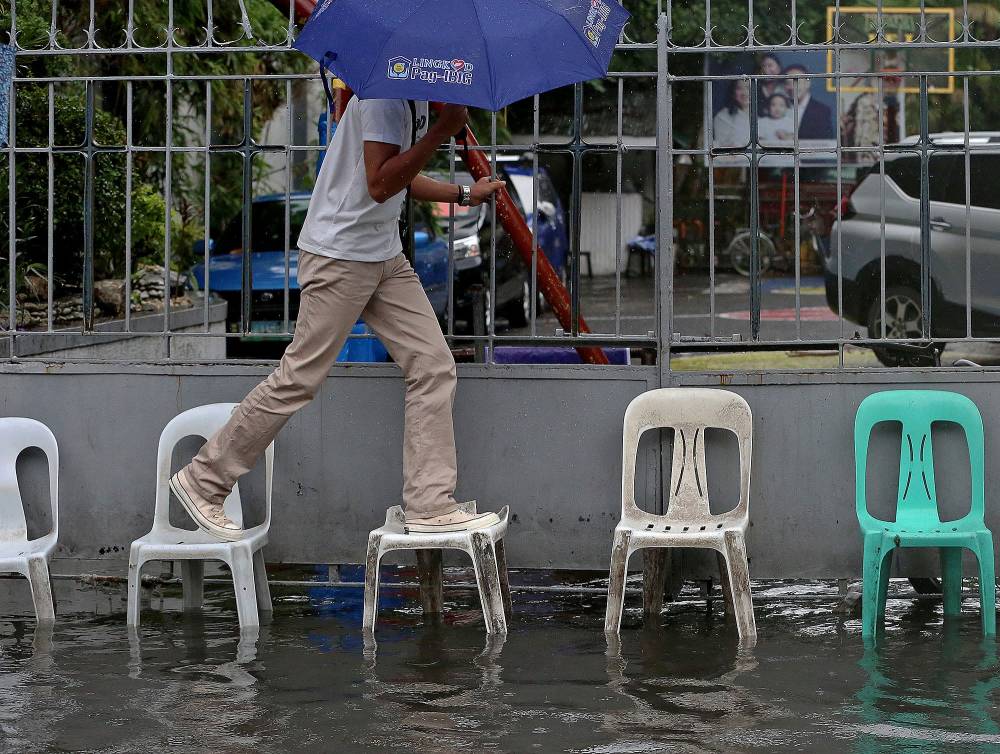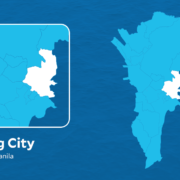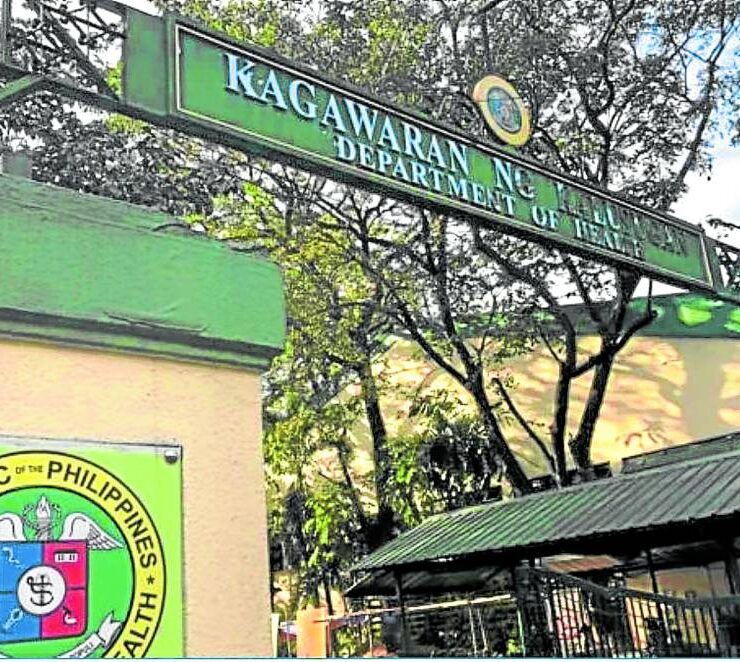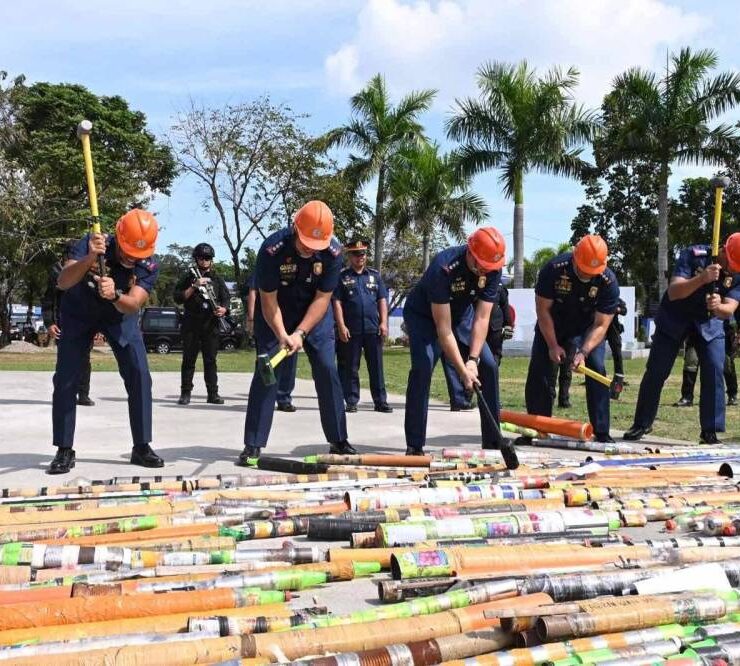Is Climate Change Behind Metro Manila’s Recent Floods?

It appears that traditional flood control systems, as acknowledged by President Marcos himself, may no longer be sufficient to handle the increased water volume brought by intense storms. Several factors worsen this situation, including ongoing shoreline modifications that extend old drainage areas, impeding water flow if not properly planned. Additionally, the constriction of waterways due to urban development diminishes the capacity for water drainage, heightening the risks of flooding. After the floods recede in Metro Manila, it becomes evident that effective management of urban development through Integrated Coastal Management (ICM) is essential for a coastal metropolis.
The recent flooding in Metro Manila serves as a poignant reminder of the far-reaching effects of climate change. Climate experts have long cautioned about the repercussions of climate change, highlighting the likelihood of more frequent and intense floods owing to shifts in weather patterns.
With global temperatures rising, the atmosphere can retain more moisture from increased evaporation, disrupting precipitation patterns that result in heavier rainfall and increased flooding in certain areas. It is evident that our climate is changing, underscoring the urgency for us to take proactive steps to mitigate climate-associated risks.
As we reflect on the recent flooding incidents triggered by Supertyphoon “Carina” and the southwest monsoon, it’s imperative to assess whether adequate preparations were taken by both our government and us as ordinary citizens. It appears that traditional flood control systems, as acknowledged by President Marcos himself, may no longer be sufficient to handle the increased water volume brought by intense storms. Several factors worsen this situation, including ongoing shoreline modifications that extend old drainage areas, impeding water flow if not properly planned. Additionally, the constriction of waterways due to urban development diminishes the capacity for water drainage, heightening the risks of flooding.
The extensive prevalence of concrete surfaces in urban areas exacerbates the problem, as concrete does not absorb water like natural, unpaved spaces. Deforestation and denudation upstream also significantly contribute to flooding, as trees play a critical role in water absorption. Moreover, the subsidence of certain areas in Metro Manila due to excessive groundwater extraction further elevates the risk of flooding. These factors interact with the challenge of escalating sea levels, making areas that are already below sea level susceptible to flooding and necessitating constant pumping to stay dry.
In a 2020 research article titled “Disaster in slow motion: Widespread land subsidence in and around Metro Manila, Philippines quantified by InSAR time-series analysis,” authored by geologists Rodrigo Eco, Kelvin Rodolfo and others, the authors presented compelling evidence of subsidence occurring in various areas of Metro Manila, most notably in areas such as Manila; CAMANAVA (Caloocan, Malabon, Navotas, and Valenzuela); Rosario, Cavite; and the cities of San Pedro, Las Piñas, and Dasmariñas. This subsidence phenomenon has been attributed to the excessive extraction of groundwater. The subsidence is particularly pronounced in urban zones adjacent to the West Marikina Valley Fault, where intensive groundwater extraction practices are prevalent.
Sea-level rise warnings
A 2019 report in Nature Communications highlights the potential displacement of up to 300 million individuals residing in flood-prone regions globally if current climate change patterns persist. According to the report, rising sea levels could result in the submersion of land inhabited by millions by 2050. The report includes a world map illustrating regions projected to fall below the tideline by 2050.
Asia confronts a significant threat because numerous towns and cities are situated in low-lying areas. Countries at risk include China, Bangladesh, India, Vietnam, Indonesia, Thailand, Japan, and the Philippines. The projection is especially alarming for the Philippines, where a substantial portion of Metro Manila could be submerged by 2050 if emissions are not drastically reduced.
Anri Ichimura of Esquire Philippines delved into the Philippines’ findings from the Nature Communications report, pinpointing high-risk areas in Metro Manila like Pasay, Navotas, Malabon, Manila, and Valenzuela, which could face submersion if current climate trends persist. Citing these findings, Ichimura further warns that iconic landmarks such as Intramuros, portions of Rizal Park, the Cultural Center of the Philippines, and De La Salle University may necessitate relocation or could vanish by 2050.
PH’s sea level rise: twice as high as global average

The impacts of rising sea levels are inevitable if current climate trends persist. Note that sea levels rise due to the melting of ice caps combined with the thermal expansion of water. As per the “Impacts of Climate Change and Global Warming” report from our own Climate Change Commission, certain areas in the Philippines have already encountered a sea level rise of 5.7 to 7.0 millimeters per year between 1993 and 2015. This rate is approximately twice as high as the highest global average rate of 2.8 to 3.6 millimeters per year. The report foresees a 20 cm increase by the 21st century under the Representative Concentration Pathway (RCP) 8.5 scenario. This emission-intensive scenario, often dubbed “business as usual,” indicates a probable worst-case scenario if concerted efforts to reduce emissions are not made. This projection suggests that there will be more frequent and severe storm surges and floods.
Investing in proactive approaches to climate-proofing Metro Manila, such as promoting natural water drainage systems and proper waste disposal practices to prevent clogging, is paramount. Addressing deforestation and land subsidence issues is also crucial for creating a more resilient and sustainable urban environment for both current and future generations.
Integrated Coastal Management
After the floods recede in Metro Manila, it becomes evident that effective management of urban development through Integrated Coastal Management (ICM) is essential for a coastal metropolis. ICM is a comprehensive approach that involves stakeholders working together to sustainably manage and protect coastal areas by addressing various challenges such as flooding, erosion, pollution, habitat loss, and resource exploitation. The goal is to strike a balance between environmental conservation and social and economic development to ensure long-term sustainability.
Although ICM is not yet widely implemented by the government, the passage of Senate Bill No. 126, “An Act to adopt Integrated Coastal Management as a National Strategy,” could expedite its adoption. Furthermore, ICM can serve as a key component in localizing the implementation of Climate Change Adaptation (CCA) and Disaster Risk Reduction and Management (DRRM) programs. The upcoming Asia-Pacific Ministerial Conference on Disaster Risk Reduction hosted by the Philippines through the Department of Environment and Natural Resources from Oct. 13-18, 2024 will provide a timely platform to address the urgent need for tackling the impacts of climate change at the ministerial level.
Considering that flooding is a recurring occurrence during the rainy and typhoon seasons, being the new normal, it is crucial to urgently address this issue. Paying attention to experts’ warnings on climate change and taking decisive actions are essential steps to mitigate its impacts on society. By proactively taking measures, we can effectively protect ourselves from the potentially severe consequences of increasing sea levels and more frequent and intense flooding events. Now is the time to take action.
Dr. Michael P. Atrigenio is an Assistant Professor at the Marine Science Institute of the University of the Philippines Diliman and the program head of the Professional Masters in Tropical Marine Ecosystems Management Program. He is also the President of the Marine Environment and Resources Foundation.





















